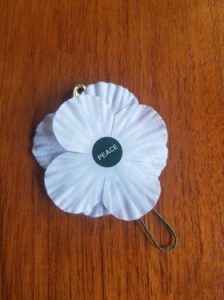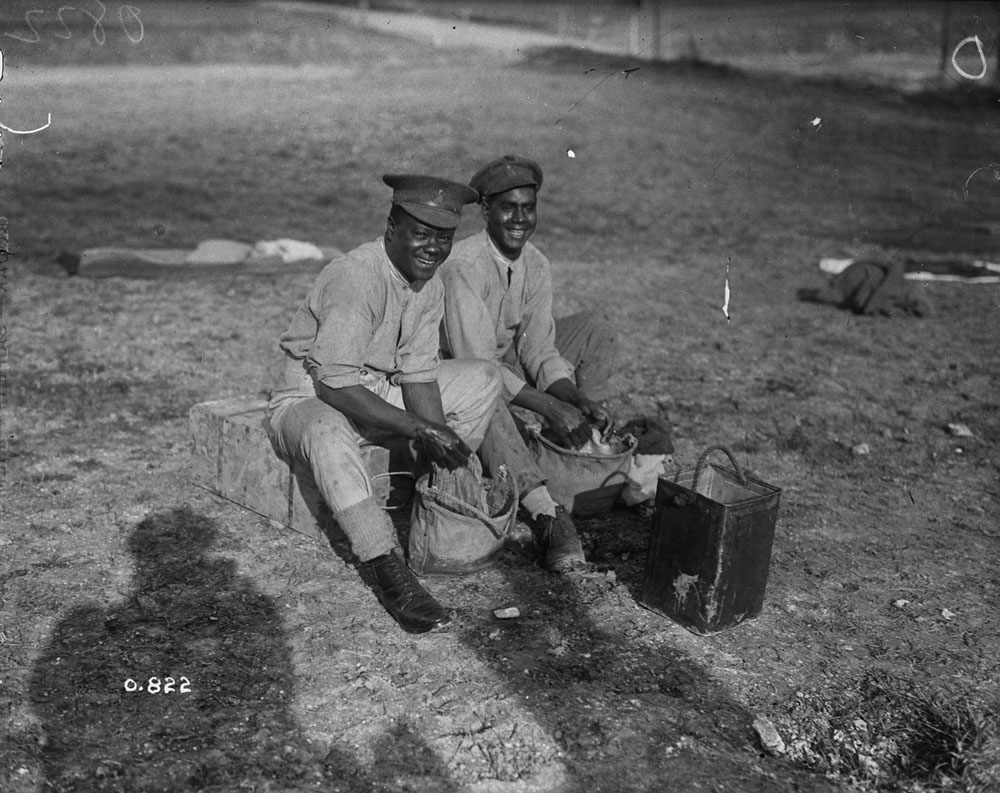by Meera Eragoda, Arts & Culture Editor
If you pay even the slightest bit of attention to Remembrance Day every year, you will have noticed the red poppies that seemingly everybody wears. Lesser known, however, is the movement to wear white poppies in addition to red ones — a movement that I recently learned about and wish I had known about much sooner because it is more inclusive of all victims of war.
Created in the United Kingdom in 1933 by the Women’s Cooperative Guild, white poppies were made to be a symbol of the anti-war movement in Britain. They have spread globally and now serve as a symbol not only to honour those who fought in the war, but also all the civilians who have died in wars worldwide. The Canadian white poppy movement was started in Vancouver in 2008 by Vancouver Peace Poppies, who now distribute the poppies all over Canada.

Cofounder of the Canadian movement Teresa Gagné states on their website that she believes veterans deserve to be recognized and supported, but is also hesitant to wear a red poppy “because of the undercurrent of promotion and recruitment for current and future wars.” She states that “the white poppy attracts questions, and gives me a chance to explain the nuances of my support.”
As an immigrant to this country, this idea of nuance really resonated with me as I never felt like I could connect to the red poppy movement. I wasn’t from a family whose relatives had fought on behalf of Canada and I always felt like an imposter putting on a red poppy. However, coming from a country that experienced a civil war, a white poppy that honours all victims of war is something that does make sense to me and allows me to better connect with Canada’s history of war.
So why isn’t the white poppy, which includes more people than the red one, used more often in Canada? The biggest reason seems to be that the Royal Canadian Legion opposes it. They refuse to carry white poppies and have previously stated that they see it as an insult. To them, it takes away from the soldiers who’ve fought and/or died in the war, despite the white poppy movement making it clear that people don’t have to choose and can wear the white poppy alongside the red. Since the red poppy movement actively raises money for veterans, it’s still incredibly important to support them. But for me, wearing a white poppy in addition to the red one means I can honour my own past and recognize that we shouldn’t be advocating for wars happening anywhere.
There are countless wars fought around the world, and as of 2018 only 11 countries worldwide were not involved in some sort of conflict. Imagine the number of civilians and soldiers who end up dying in these wars. Why is it so terrible to honour and acknowledge the trauma of all those who have experienced war? The white poppy movement understands that civilians have been involved in war against their will, and should be given more support. Wearing a white poppy does not mean you’re disrespecting veterans, it is just more inclusive of everyone else.
In addition to honouring anyone who dies in war, the white poppy movement also seeks to acknowledge and mourn the environmental impacts of it. The damages of war are severe: the chemicals used can poison water and the environment, rebuilding after war can lead to deforestation, not to mention the amount of resources like oil that are used to fuel war. At a time when potentially catastrophic climate change is getting worse, a recognition of all the ways we are hurting the environment is vital for preserving our future.
If you have an extra dollar to spare and want to express that war is not the solution and does unnecessary damage to soldiers, civilians, and the environment alike, white poppies are available at locations such as Spartacus Books, the People’s Co-op Bookstore, and the white poppy website.




